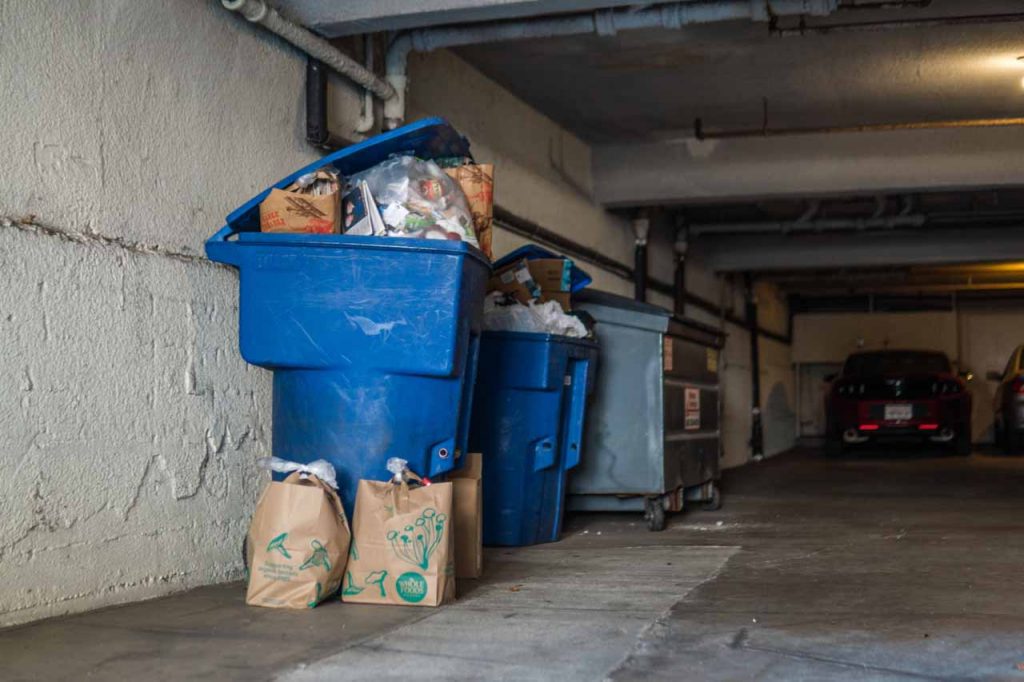
California cities of 50,000 residents or more are seeing inbound contamination rates between 8% and 46%, with an average of 20%. | Oksana Shturo/Shutterstock
Plastic film has long been identified as a major contaminant in municipal materials recovery programs. Research from the West Coast shows just how challenging it has been to educate residents around proper bag behavior.


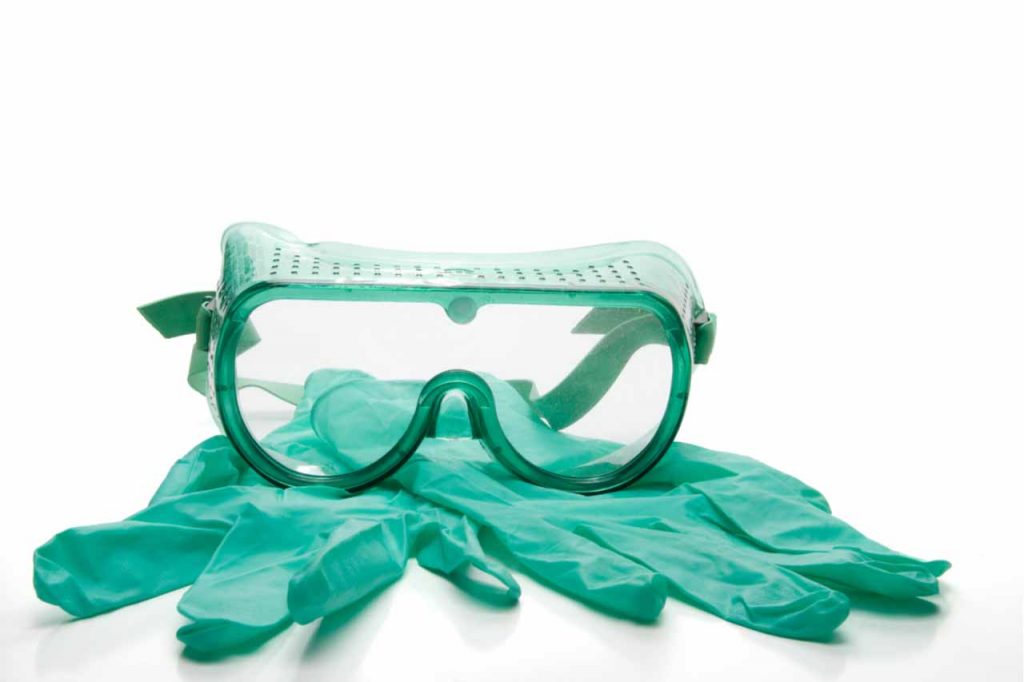
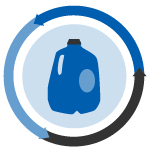 A pelletizing and melt delivery equipment company opened a lab in North Carolina, and a U.S. thermoforms company begins using sheets from resin made partly through a PET depolymerization process.
A pelletizing and melt delivery equipment company opened a lab in North Carolina, and a U.S. thermoforms company begins using sheets from resin made partly through a PET depolymerization process. 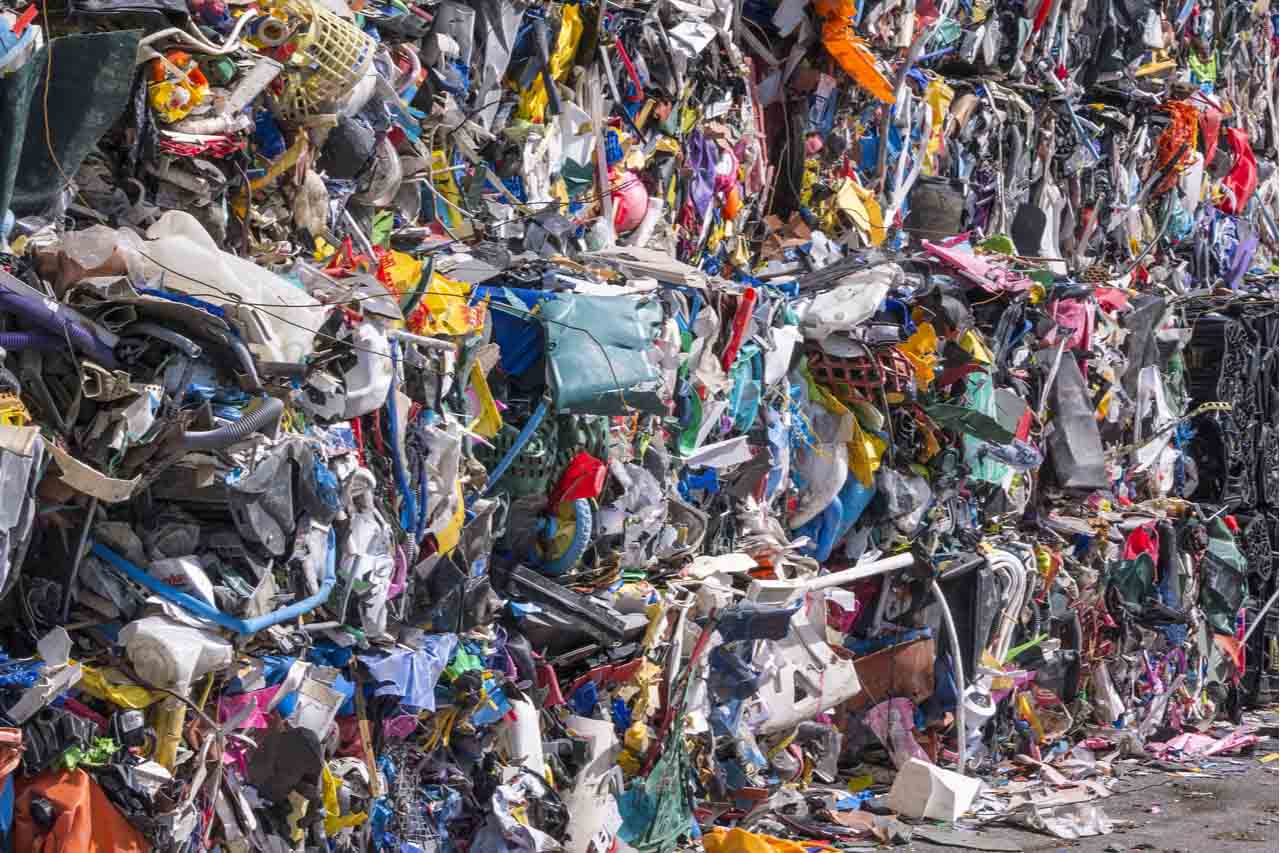
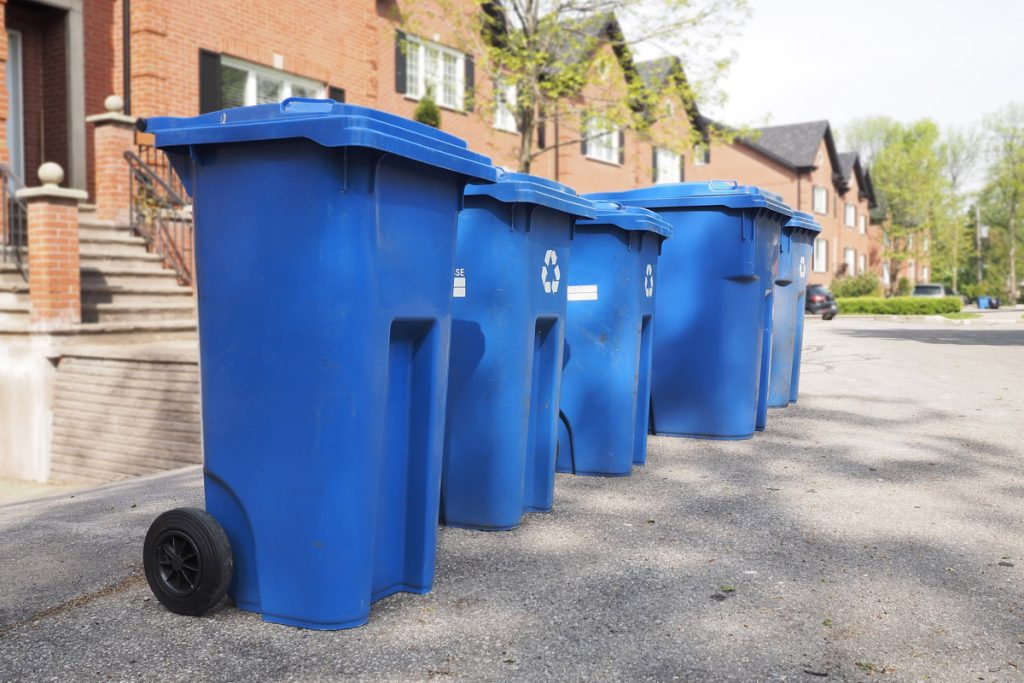
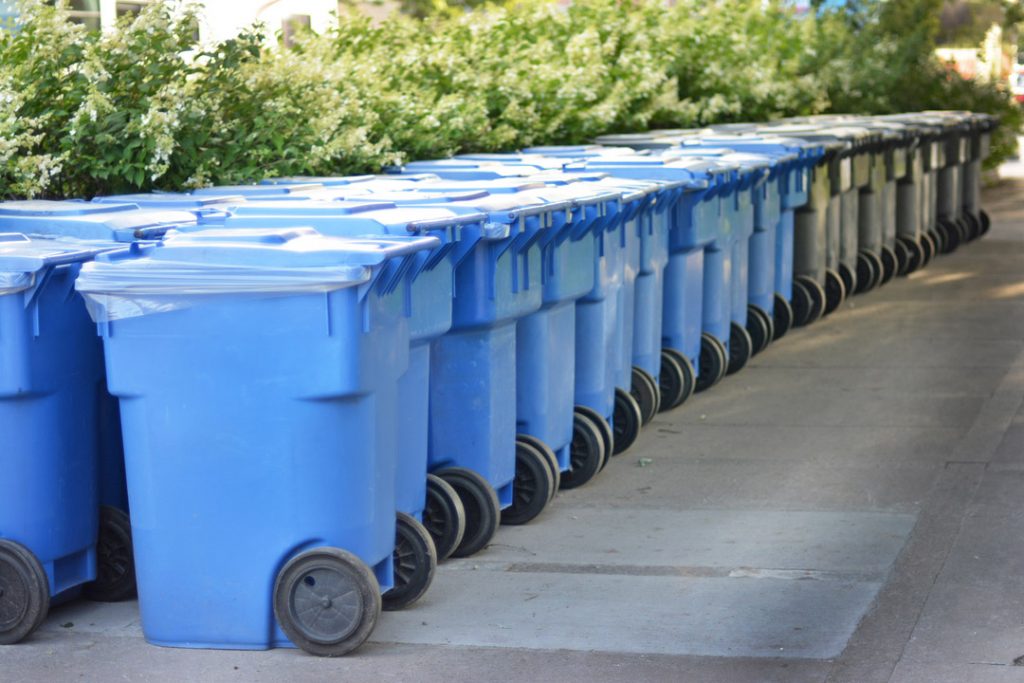
 Researchers from the University of Illinois have developed a non-toxic method for recycling polycarbonate plastic, which is often used in electronics and other products but has been difficult to cost-effectively divert from the waste stream.
Researchers from the University of Illinois have developed a non-toxic method for recycling polycarbonate plastic, which is often used in electronics and other products but has been difficult to cost-effectively divert from the waste stream.
 When a vehicle enters the end-of-life stream, its metals will probably be recovered. But the plastics are likely headed to landfill, despite the fact that many of them are high-value, high-performance polymers.
When a vehicle enters the end-of-life stream, its metals will probably be recovered. But the plastics are likely headed to landfill, despite the fact that many of them are high-value, high-performance polymers. This is just what the doctor (and the plastics reclaimer) ordered: a guide that lays out the value of resins recovered from hospitals.
This is just what the doctor (and the plastics reclaimer) ordered: a guide that lays out the value of resins recovered from hospitals.